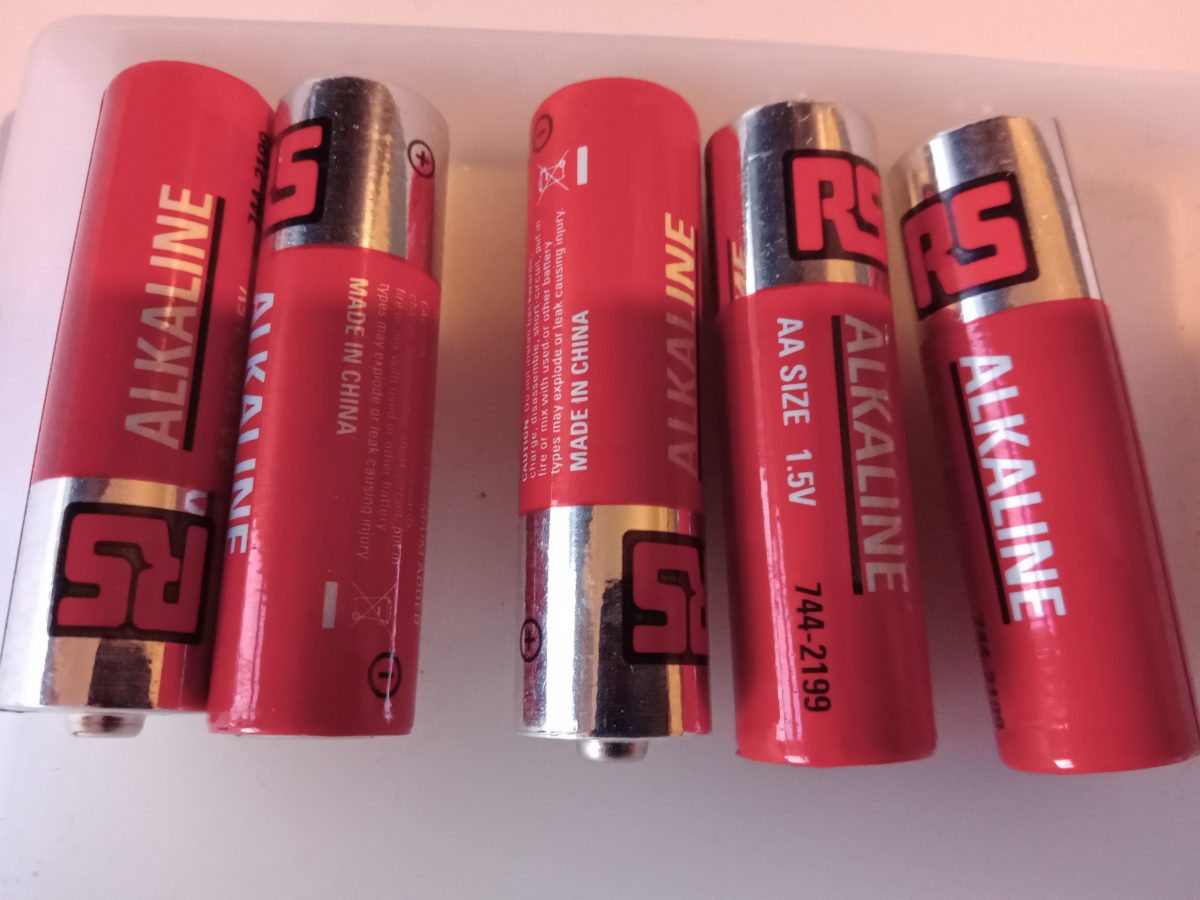Some engineers are finding it a hassle to source lithium AA batteries for their thermal monitors. We’re sorry that we aren’t allowed to ship them. Argos carries them and is located in many branches of Sainsburys. We think they’re also fairly common in independent electronic/phone repair shops. Don’t forget you can claim expenses. If you want to try alkalines, read on: the main issues are battery life and RH reading accuracy.
We know rechargeable batteries won’t deliver high enough voltage for good readings, but if the sensor gives you temperature readings, they’re likely to be accurate. It might give you inaccurate relative humidity readings once the voltage drops a bit. You might not care, though. If the building is persistently damp, you’ll be able to smell it. If it isn’t unusually damp, there’s a UK rule of thumb that if it stays above around 7-8C then it probably isn’t going to go below dewpoint. That’s no guarantee that you won’t get damage from condensation but that all depends on surface materials and temperatures anyway.
We included RH because we want to make sure groups think about damp. Community groups sometimes block up essential ventilation and make the building damp that way, especially ones that are only heating the building occasionally. It’s also very common for them to neglect the roof or guttering and then run the heating to try to dry the building out. You don’t necessarily need the numbers to help them work through these issues.
If you use alkalines, don’t throw them away afterwards – they’ll still have plenty of power for devices that are less finicky about voltage.
